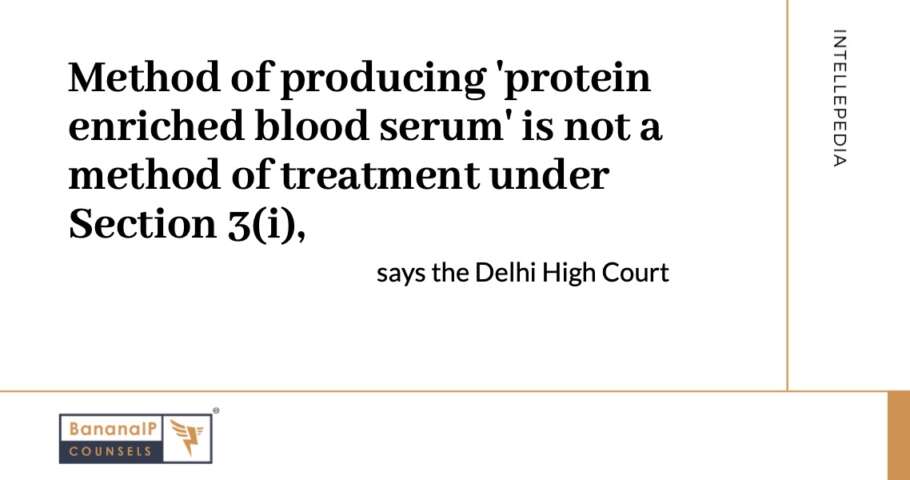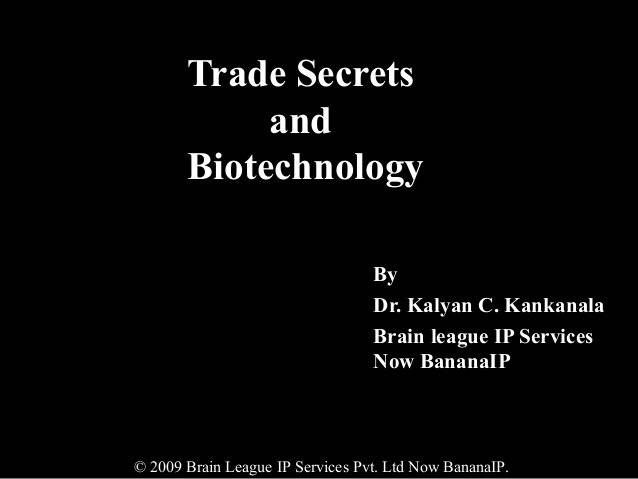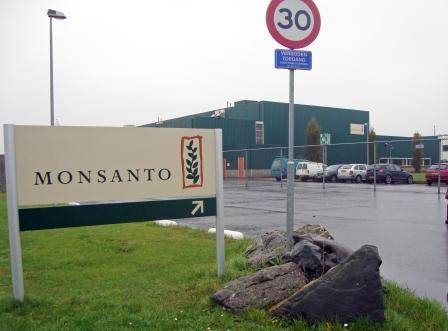The Madras High Court has revoked the refusal of Green Cross’ patent application for a Hepatitis B immunoglobulin agent, citing errors in the Controller’s analysis. The court has remanded the matter to the patent office for a fresh examination, ordering a review of the claims within four months. Continue Reading Green Cross Crosses court’s bridge to win appeal







